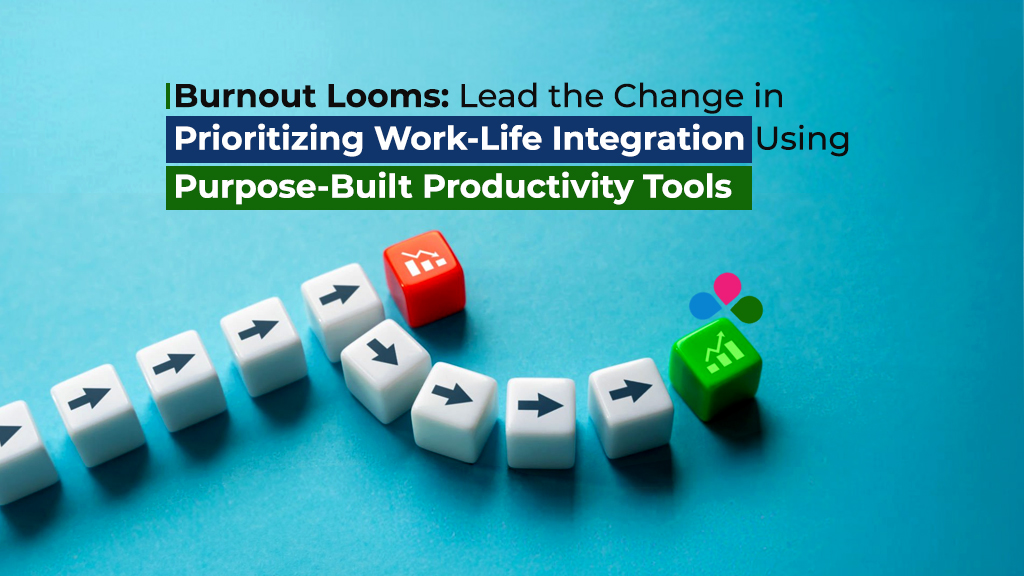Burnout Looms: Lead the Change in Prioritizing Work-Life Integration Using Purpose-Built Business Collaboration Tool

As promised, I’m bringing you the next segment of my series that explores the emergence and significance of just-in-time messaging based productivity solution. Discover the Team Collaboration Platform for your Business. In the modern world, the line between professional and personal life has become increasingly blurred. The convergence of remote work, relentless deadlines, and the […]
Why Cross-Functional & Cross-Team Collaboration is Essential for Team Empowerment

McKinsey’s research shows that CxOs that unify teams and drive cross-functional collaboration and cross-team collaboration are 1.4x times more likely to build accountable relationships. Read on to know why it’s so important for employee engagement and a holistic collaborative culture – and how you can make it an organizational habit. Cross-Functional Collaboration and Cross-Team Collaboration: […]
5 Reasons Your Business Should Invest in a Top-tier Online Collaboration Tool for Team Communication

The pandemic showed how important it is to have resilient and agile workstream Online collaboration tools. Relying entirely on manual collaboration or standalone tools installed as part of shadow IT no longer cuts it. Instead, a top-tier collaboration tool like NexAEI Colab helps organizations keep pace with and stay ahead of five key workplace trends. […]
